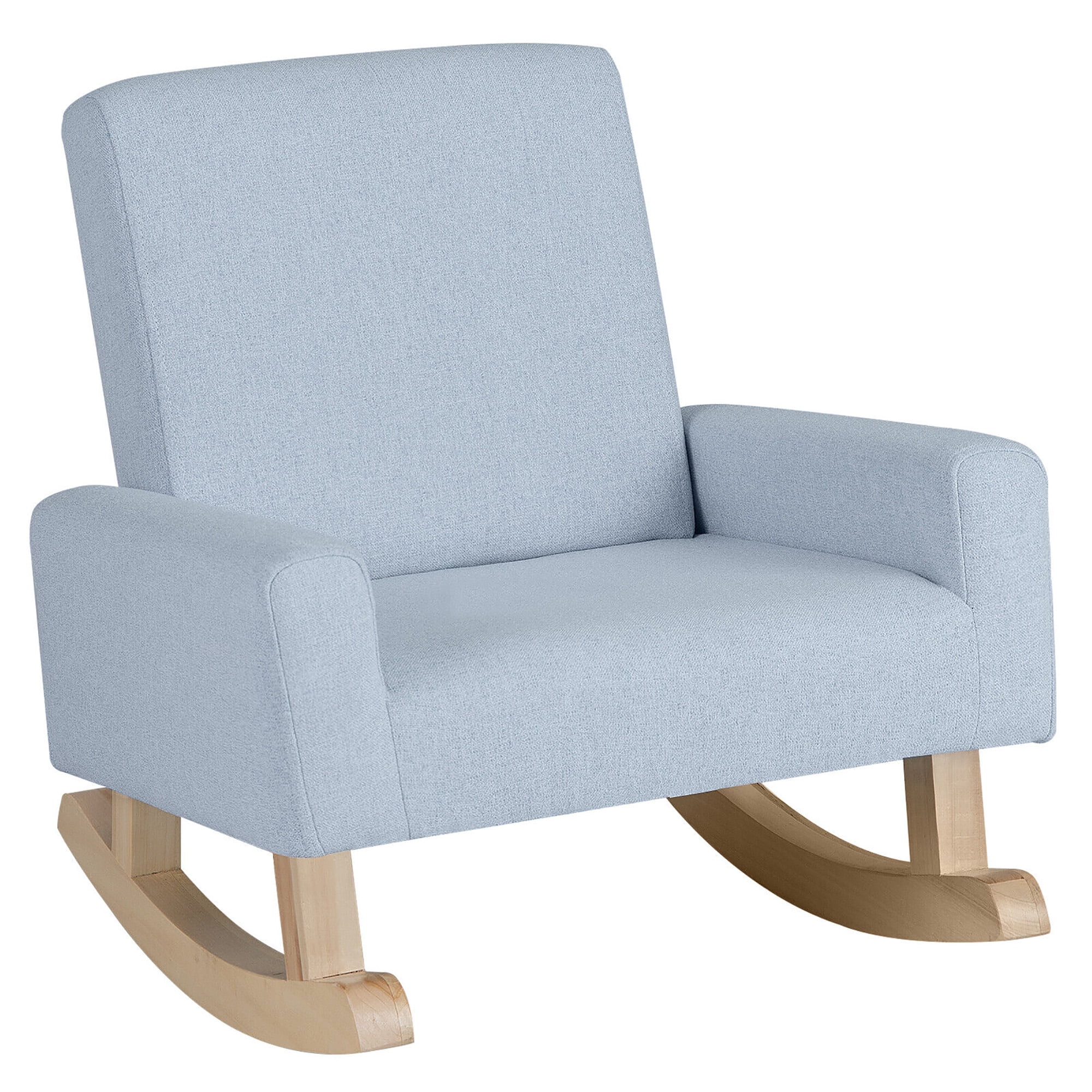The Nostalgia Factor: Old Kids Rocking Chair

Rocking chairs hold a special place in our hearts, often evoking a sense of comfort and familiarity that transcends generations. The gentle rocking motion, coupled with the familiar shape and design, can transport us back to cherished memories of childhood. This nostalgic connection is a powerful force, making rocking chairs more than just furniture – they become symbols of warmth, security, and the passage of time.
The Emotional Connection to Childhood
The emotional connection people have with rocking chairs often stems from their childhood experiences. Many people recall being rocked as infants or toddlers, a soothing and comforting ritual that instilled a sense of security and love. This early association with rocking chairs can create a deep-seated emotional connection that persists throughout life.
The gentle rocking motion mimics the rhythmic movements of a caregiver, triggering feelings of safety and contentment. This connection is reinforced by the warmth and familiarity of the chair itself, often associated with specific rooms or spaces within the home.
Memories of Being Rocked as a Child
The rocking motion of a chair can be a powerful trigger for memories, especially those from childhood. The rhythmic back-and-forth movement can evoke vivid recollections of being rocked by a parent or grandparent, transporting us back to a time of innocence and carefree days.
These memories are often accompanied by sensory details, such as the smell of freshly baked cookies or the sound of a crackling fire. The rocking chair becomes a tangible link to the past, allowing us to revisit these cherished moments and experience a sense of nostalgia.
Rocking Chairs as Heirlooms

Rocking chairs are often more than just furniture; they are cherished family heirlooms passed down through generations, carrying with them a rich history and sentimental value. These pieces of furniture embody memories, stories, and the enduring legacy of family bonds.
Sentimental Value and Historical Significance
The sentimental value of a rocking chair lies in its connection to past generations. It might have been the chair where a grandparent read bedtime stories, the one where a great-aunt knitted countless blankets, or the spot where family gatherings took place. These chairs become tangible links to the past, preserving memories and providing a sense of continuity.
For instance, a rocking chair that belonged to a great-grandmother who lived through the Great Depression might hold a special significance, symbolizing resilience and the enduring spirit of the family. Or, a rocking chair that was a wedding gift to a couple celebrating their 50th anniversary might represent a lifetime of love and commitment. These are just a few examples of how rocking chairs can embody the history and values of a family.
Preserving and Restoring Old Rocking Chairs
Preserving and restoring old rocking chairs is a labor of love, ensuring that these cherished pieces remain part of the family legacy. Restoration can involve addressing wear and tear, repairing structural damage, or simply refinishing the wood to its original beauty. The process requires patience, skill, and a deep appreciation for the chair’s historical value.
“Restoring an old rocking chair is not just about fixing the physical damage, but also about preserving the memories and stories that it holds.”
Restoration projects often involve researching the chair’s history, identifying its maker, and understanding its original design. This research can enhance the chair’s sentimental value and provide a deeper understanding of its significance within the family.
The Practicality of Old Rocking Chairs

Beyond their nostalgic appeal, old rocking chairs offer practical benefits that make them valuable additions to any home. Their enduring craftsmanship and unique features provide both aesthetic and functional advantages, proving their enduring value.
Durability and Craftsmanship
Older rocking chairs were often built with an emphasis on durability and longevity, using high-quality materials and meticulous construction techniques. This approach ensured that these chairs could withstand the test of time and remain functional for generations.
- Solid Wood Construction: Antique rocking chairs were typically crafted from sturdy hardwoods like oak, maple, or cherry, known for their strength and resistance to wear and tear. These woods naturally resist warping, cracking, and insect infestation, contributing to the chair’s long-lasting durability.
- Traditional Joinery Techniques: Traditional joinery methods, such as mortise and tenon, dovetail, or pegged joints, were employed to create strong and lasting connections between the chair’s components. These techniques, often combined with hand-cut wooden pegs, provided a secure and robust structure that could withstand years of use.
- Hand-Crafted Detailing: Many antique rocking chairs showcase intricate hand-crafted details, including hand-carved embellishments, turned spindles, and decorative elements. These details not only enhance the chair’s aesthetic appeal but also demonstrate the skill and dedication of the original craftsman.
Unique Features and Design Elements
Antique rocking chairs often incorporate unique features and design elements that reflect the styles and preferences of their era. These features not only enhance the chair’s visual appeal but also contribute to its comfort and functionality.
- Curved Backrests: Many antique rocking chairs feature gracefully curved backrests that provide ergonomic support and enhance the rocking motion. This design element not only improves comfort but also adds to the chair’s aesthetic charm.
- Wide Seats: Antique rocking chairs often have wider seats than modern counterparts, offering ample room for relaxation and providing a comfortable seating experience for people of various sizes. This design element reflects the emphasis on comfort and practicality that characterized earlier eras.
- Rocking Motion: The signature rocking motion of these chairs provides a gentle and rhythmic movement that can be soothing and relaxing. The smooth, continuous rocking motion can help alleviate stress and promote a sense of well-being.
Repurposing and Adaptation, Old kids rocking chair
While old rocking chairs can be enjoyed in their original form, they can also be repurposed or adapted to suit modern needs and tastes. This versatility adds to their practicality and allows them to remain relevant in contemporary settings.
- Upholstery and Refinishing: Antique rocking chairs can be reupholstered with modern fabrics to complement existing décor. The original wood can be refinished or painted to create a fresh look while preserving the chair’s historical character. This process allows the chair to seamlessly blend with contemporary styles while retaining its unique charm.
- Functional Adaptations: Antique rocking chairs can be adapted for specific purposes. For example, a rocking chair with a wide seat can be transformed into a comfortable reading nook or a cozy spot for enjoying a cup of coffee. They can also be used as decorative accents in various rooms, adding a touch of history and elegance to the space.
Old kids rocking chairs, with their smaller scale and playful designs, are a charming addition to any nursery or playroom. They often feature whimsical motifs and vibrant colors, making them both functional and visually appealing. While some are simple and modern, others draw inspiration from traditional rocking chairs, showcasing the craftsmanship and heritage of American rocking chair companies.
This legacy of quality and comfort ensures that these chairs will be cherished for generations, offering a gentle rocking motion that soothes and encourages imaginative play.
Remember that old kids rocking chair you used to love? The one that creaked with every gentle sway? It’s a feeling that transcends time, and now you can recreate it for your little one with a stylish and comfortable espresso rocking chair nursery.
Imagine the cozy moments of bonding as you gently rock your baby to sleep, a modern take on a timeless tradition. Just like the old kids rocking chair, it’s a symbol of comfort and love, a legacy that continues to grow.
